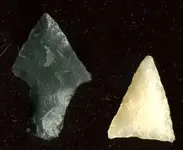Okay bm I admit it, I don't understand what you're trying to say. To me a farmer who hunts and gathers and a hunter gatherer who farms is the same thing. I think that perhaps you are eluding to the population growth during the later Mississippian period where we have the development of city states? Don't get me wrong here, the invention of pottery, agriculture, etc. during the Early Woodland undoubtedly sparked the population growth rates but the archaeological record of the time doesn't suggest that there was any explosion of new or really larger villages right away. The first impact that the new technologies of the Early Woodland period seem to have made was that village sites became more permanent (as well as the increase of artistic and ceramonial type artifacts). As time went on over the next roughly thousand years we see a continuous increase of population in terms of not just numbers but also the density, culminating with the appearance (and disappearance) of the large mound complexes and their city states. I don't know if it was really a rough transition- we see evidence for many of the same problems that any culture faces as it grows. Was their more disease? Of course, any time you increase the density of a population you increase the possibilities for the spread of disease. Was there warfare at the time, yes, but there had been fighting amongst different tribes for thousands of years, the increase of population density did two things in respect for warfare: One: A larger population density (like a city state) requires more resources and securing those resources would easily lead to some bully tactics by the city state on the surrounding area. Two: It just made what had been going on for a long time into a larger scale. I mean there had been "wars" between tribes for a long time but now rather than a village vs. another village for hunting rights to a certain area or a certain resource we have large villages or city states vs others for control of not just one resource but entire regions. I guess that there was some interesting things that happened during the transition from the archaic period of just hunting and gathering (no farming bm) to the later civilizations of the city states but I don't think that it was anything we wouldn't expect to see. I almost got the impression that you felt as though the transition from hunter gatherers to the more permanent farming villages was particularly brutal/bad. I don't think that it was, the Natives lives at about 1000 AD would have been dramatically better than that of the same person(s) living in say 5000 BC (maybe better isn't a good word but easier for sure) Just the fact that these later peoples like those at Cahokia had so much more time to produce wonderful artistic and ceremonial type things vs. there ancestors who had little time to do anything but survive from season to season, always on the move to exploit the next available resource is testimony to this. As far as your statement about an increase in nutritional deficiencies with the advent of larger more permanent villages... I guess I'm just not aware of any evidence in this, I would think that if you have one style of living that involves certain foods and then you invent something new (agriculture) by which means you have only added to your diet with a wider variety of foods you would think the nutritional thing would be just the opposite. I don't know.



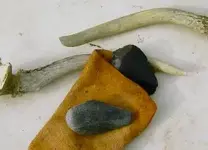
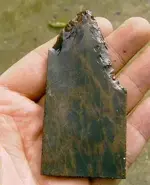
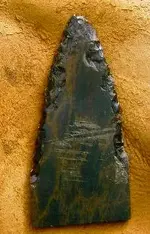
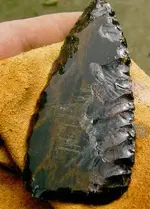
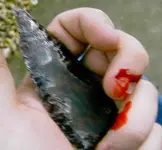
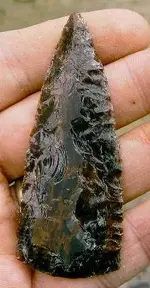
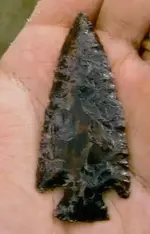
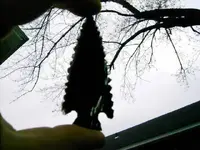

 If the indians made their arrows/spears from bone etc.... who the hell made theirs from stone
If the indians made their arrows/spears from bone etc.... who the hell made theirs from stone  or am I lost in your words somewhere?
or am I lost in your words somewhere?  I have been reading from all the writers here about the arrow points coming from the indians (at least I think)...... Make this easy for a non-American
I have been reading from all the writers here about the arrow points coming from the indians (at least I think)...... Make this easy for a non-American  And what is a "classis hopewell site"?
And what is a "classis hopewell site"?